| Model: | MOS59729-32-7 |
| Place of Origin: | Zhejiang,China (Mainland) |
| Name: | Citalopram hydrobromide |
| CAS: | 59729-32-7 |
| Molecular Formula: | C20H22BrFN2O |
| Molecular Weight: | 405.3 |
| Content: | 98%min |
| Brand: | MOSINTER |
| Synonyms 1: | 1-(3-(dimethylamino)propyl)-1-(4-fluorophenyl)-1,3 |
| Synonyms 3: | Citalopram Hydrobromide Tablets |
| Melting point: | 182-188°C |
| storage temp: | -20°C Freezer |
- Have any questions?
- +86-189 8930 5995
- sales@mosinterchem.com.cn
Citalopram hydrobromide CAS 59729-32-7

GANGLIOSIDE GM1, AMMONIUM SALT, BOVINE CAS 37758-47-7
05/12/2018
ETHYL LAUROYL ARGINATE HCL CAS 60372-77-2
05/12/2018Citalopram hydrobromide
CAS: 59729-32-7
Abstract
Citalopram hydrobromide (citalopram HBr) is an orally administered selective serotonin reuptake inhibitor (SSRI) with a chemical structure unrelated to that of other SSRIs or of tricyclic, tetracyclic, or other available antidepressant agents.
Citalopram HBr occurs as a fine, white to off-white powder. Citalopram HBr is sparingly soluble in water and soluble in ethanol.
The tablet is available as the brand-name drug Celexa. In Australia, the UK, Germany, Portugal, Poland, and most European countries, it is licensed for depressive episodes and panic disorder with or without agoraphobia. In Spain, it is also used for obsessive-compulsive disorder.
Chemical Properties
White Crystalline Powder
Citalopram (brand names: Celexa, Cipramil and others) is an antidepressant drug of the selective serotonin reuptake inhibitor (SSRI) class. It has U.S. Food and Drug Administration approval to treat major depression, which it received in 1998, and is prescribed off-label for other conditions. In Australia, the UK, Germany, Portugal, Poland, and most European countries, it is licensed for depressive episodes and panic disorder with or withoutagoraphobia. In Spain and Denmark it is also used for obsessive-compulsive disorder.
Sexual dysfunction is often a side effect with SSRIs. Specifically, common side effects include difficulty becoming aroused, lack of interest in sex, andanorgasmia (trouble achieving orgasm). One study showed, however, when remission of major depressive disorder is achieved, quality of life and sexual satisfaction is reported to be higher in spite of sexual side effects.
Citalopram theoretically causes side effects by increasing the concentration of serotonin in other parts of the body (e.g., the intestines). Other side effects, such as increased apathy and emotional flattening, may be caused by the decrease in dopamine release associated with increased serotonin. Citalopram is also a mild antihistamine, which may be responsible for some of its sedating properties.
Common side effects of citalopram include drowsiness, insomnia, nausea, weight changes (usually weight gain), increase in appetite, vivid dreaming, frequent urination, decreased sex drive, anorgasmia, dry mouth,increased sweating, trembling, diarrhea, excessive yawning, severe tinnitus, and fatigue. Less common side effects include bruxism, vomiting, cardiac arrhythmia, blood pressure changes, dilated pupils, anxiety, mood swings, headache, and dizziness. Rare side effects include convulsions, hallucinations, severe allergic reactions and photosensitivity. If sedation occurs, the dose may be taken at bedtime rather than in the morning. Some data suggest citalopram may cause nightmares.
Withdrawal symptoms can occur when this medicine is suddenly stopped, such as paraesthesiae, sleeping problems (difficulty sleeping and intense dreams), feeling dizzy, agitated or anxious, nausea, vomiting, tremors, confusion, sweating, headache, diarrhea, palpitations, changes in emotions, irritability, and eye or eyesight problems. Treatment with citalopram should be reduced gradually when treatment is finished.
Citalopram and other SSRIs can induce a mixed state, especially in those with undiagnosed bipolar disorder.
You must be logged in to post a review.

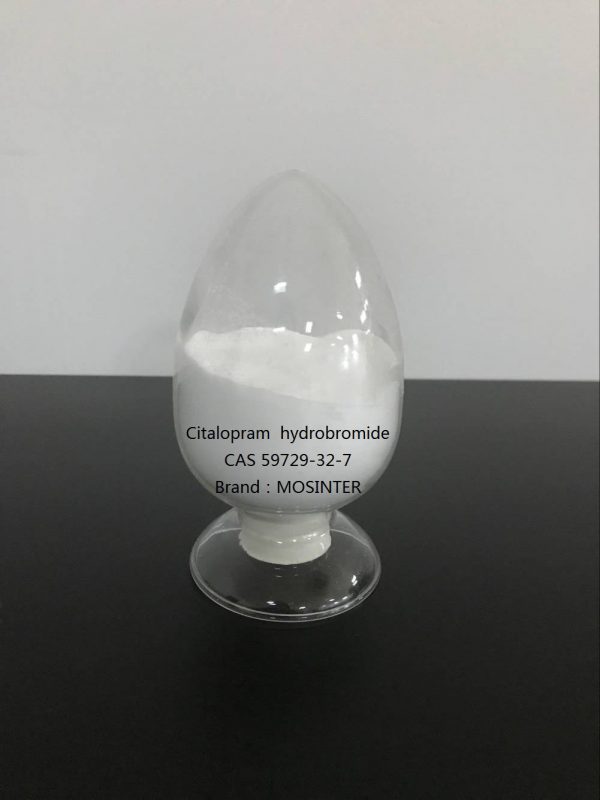
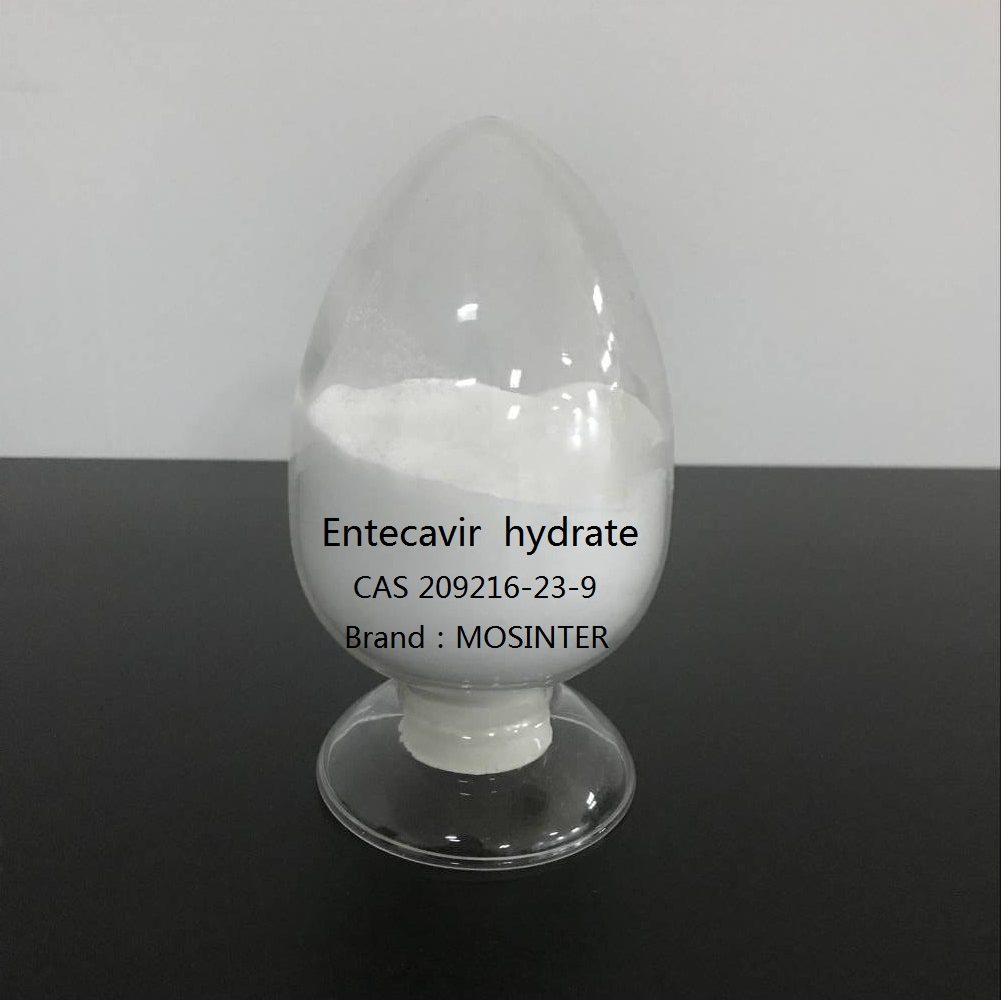
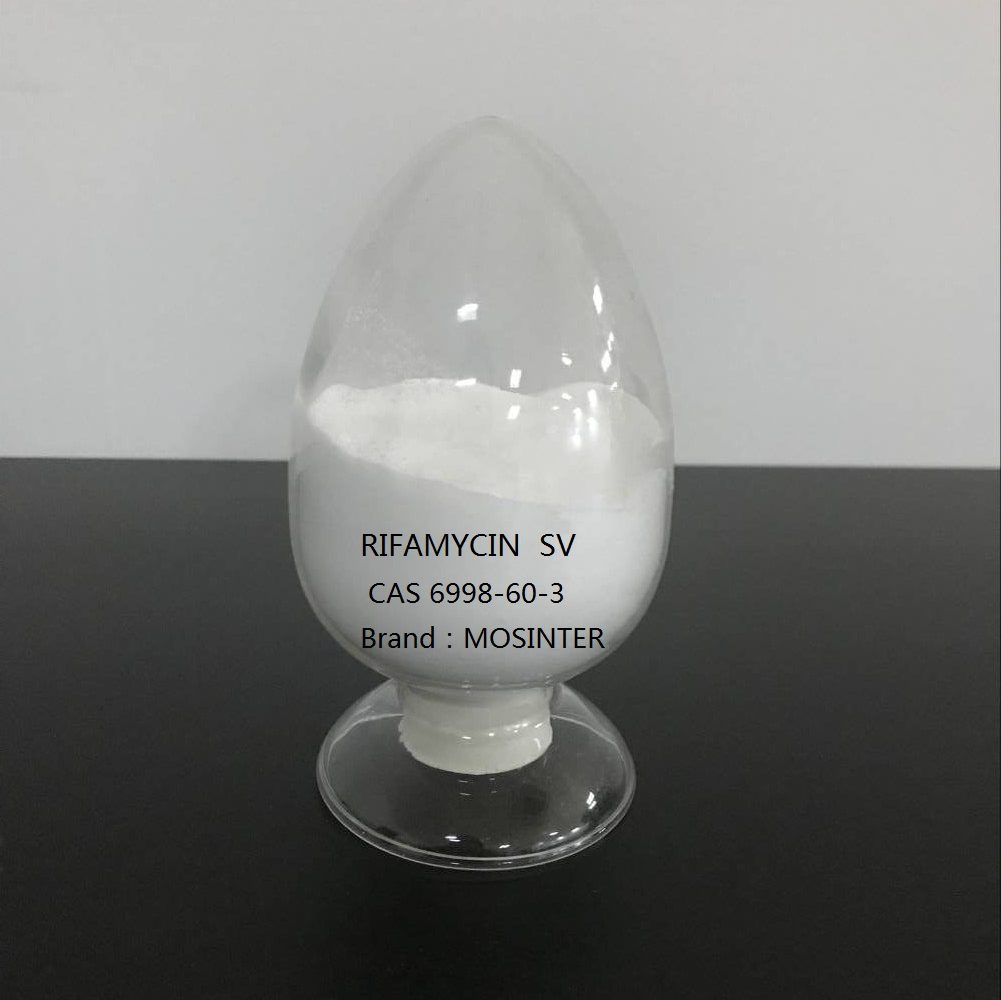
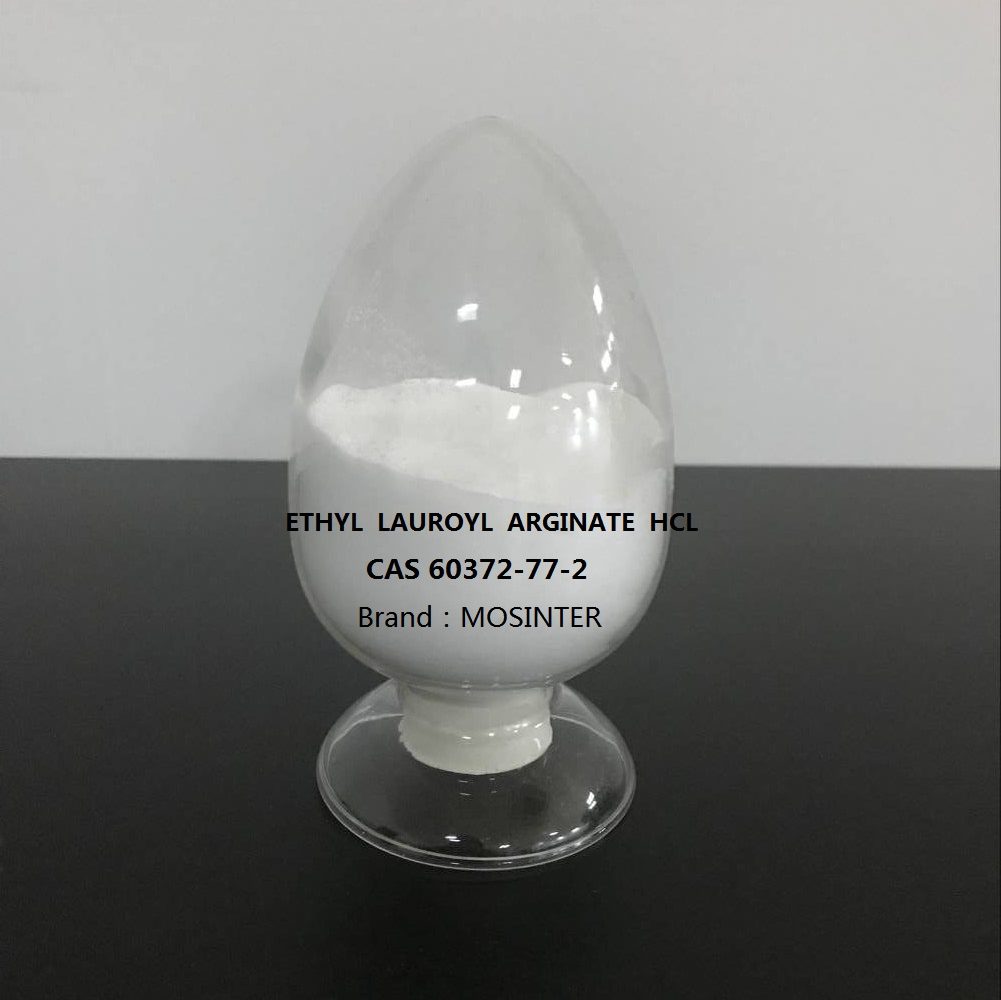
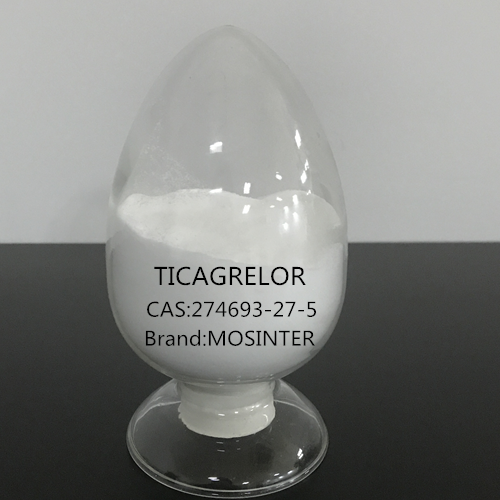
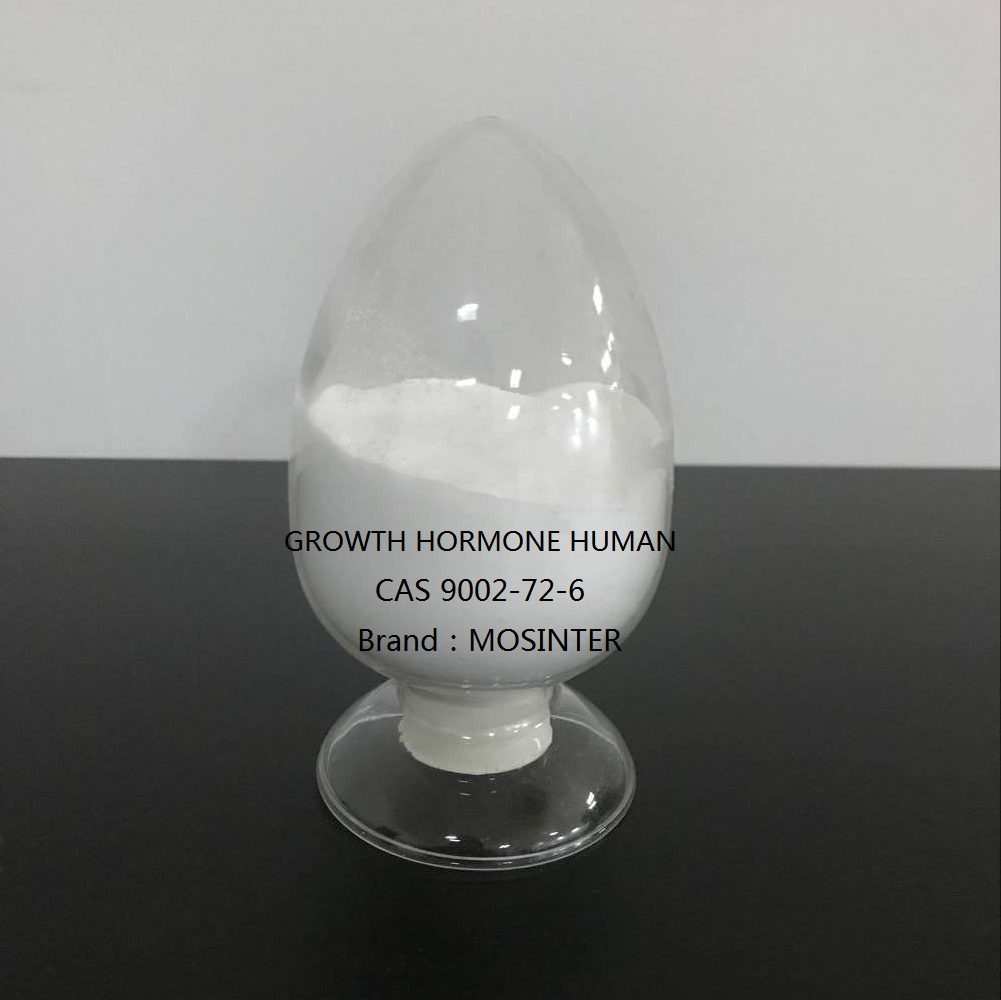
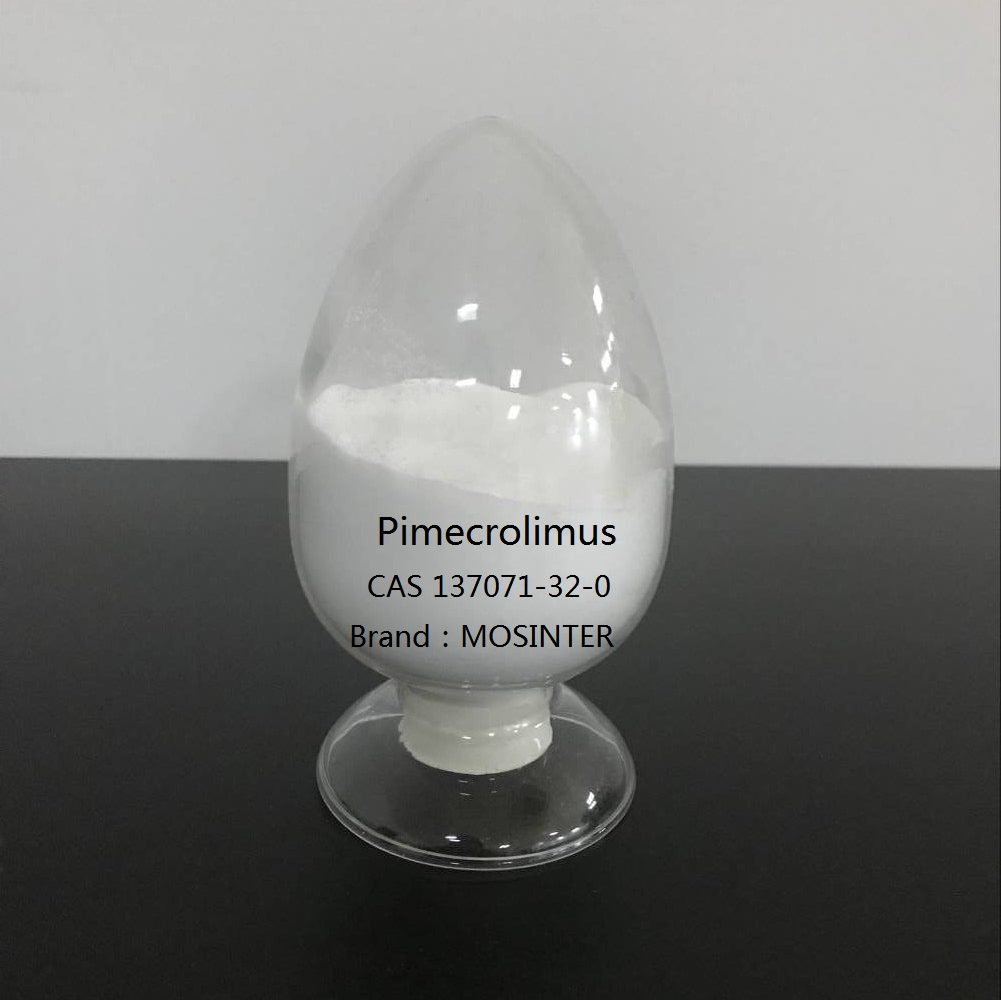
Reviews
There are no reviews yet.